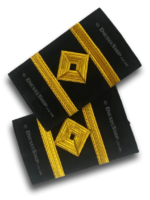
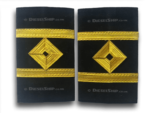
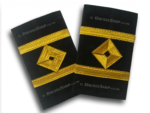
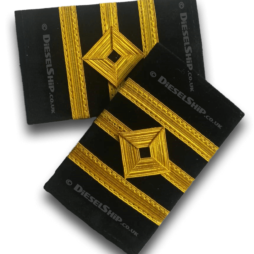
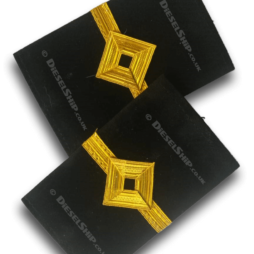
Merchant Navy marine Epaulettes – Second Officer
£ 30.00 Original price was: £ 30.00.£ 25.00Current price is: £ 25.00.
Final price will include additional 5% GST
Merchant Navy marine Epaulettes – Second Officer
Second Officer Epaulettes – Velvet black fabric – Accepted by all shipping companies.
- High quality velvet black fabric gives dark black look on your white shirt shoulder.
- Stiffened with hard lining material
- Velvet cloth has its own additional stiffness.
- Washable, Stays like new even after wash.
- Superior quality than the ones available in physical marine uniform stores.
Merchant Navy marine Epaulettes – Second Officer
Second Officer Epaulettes – Velvet black fabric – Accepted by all shipping companies.
- High quality velvet black fabric gives dark black look on your white shirt shoulder.
- Stiffened with hard lining material
- Velvet cloth has its own additional stiffness.
- Washable, Stays like new even after wash.
- Superior quality than the conventional ones.
Dieselship offers epaulette / Insignia / Shoulder board for all merchant navy marine shipboard ranks. Please visit our epaulette section. https://dieselship.co.uk/product-category/marine-uniforms/epaulettes/
Interesting facts about epaulette
History
Epaulettes bear some resemblance to the shoulder pteruges of ancient Roman military costumes. However, their direct origin lies in the bunches of ribbons worn on the shoulders of military coats at the end of the 17th century, which were partially decorative and partially intended to prevent shoulder belts from slipping. These ribbons were tied into a knot that left the fringed end free. This established the basic design of the epaulette as it evolved through the 18th and 19th centuries.
From the 18th century on, epaulettes were used in the French and other armies to indicate rank. The rank of an officer could be determined by whether an epaulette was worn on the left shoulder, the right shoulder, or on both. Later a “counter-epaulette” (with no fringe) was worn on the opposite shoulder of those who wore only a single epaulette. Epaulettes were made in silver or gold for officers and in cloth of various colors for the enlisted men of various arms. Certain categories of cavalry wore flexible metal epaulettes referred to as shoulder scales, rarely worn on the field.
By the early 18th century, epaulettes had become the distinguishing feature of commissioned rank. This led officers of military units still without epaulettes to petition for the right to wear epaulettes to ensure that their status would be recognized. During the Napoleonic Wars and subsequently through the 19th century, grenadiers, light infantry, voltigeurs and other specialist categories of infantry in many European armies wore cloth epaulettes with wool fringes in various colors to distinguish them from ordinary line infantry. “Flying artillery” wore “wings”, similar to an epaulette but with only a bit of fringe on the outside, which matched the shoulder seam. Heavy artillery wore small balls representing ammunition on their shoulders.
An intermediate form in some services, such as the Russian Army, is the shoulder board, which neither has a fringe nor extends beyond the shoulder seam. This originated during the 19th century as a simplified version for service wear of the heavy and conspicuous full dress epaulette with bullion fringes.
Modern derivations
Today, epaulettes have mostly been replaced by a five-sided flap of cloth called a shoulder board, which is sewn into the shoulder seam and the end buttoned like an epaulette.
From the shoulder board was developed the shoulder mark, a flat cloth tube that is worn over the shoulder strap and carries embroidered or pinned-on rank insignia. The advantages of this are the ability to easily change the insignia as occasions warrant.
Airline pilot uniform shirts generally include cloth flattened tubular epaulettes having cloth or bullion braid stripes, attached by shoulder straps integral to the shirts. The rank of the wearer is designated by the number of stripes: Traditionally four for captain, three for first officer (copilot), two for second officer (flight engineer). However, rank insignia are airline specific. For example, at some airlines, two stripes denote junior first officer and one stripe second officer (cruise or relief pilot). Airline captains’ uniform caps usually will have a braid pattern on the bill.
| Weight | 0.1 kg |
|---|---|
| Dimensions | 10 × 8 × 5 cm |




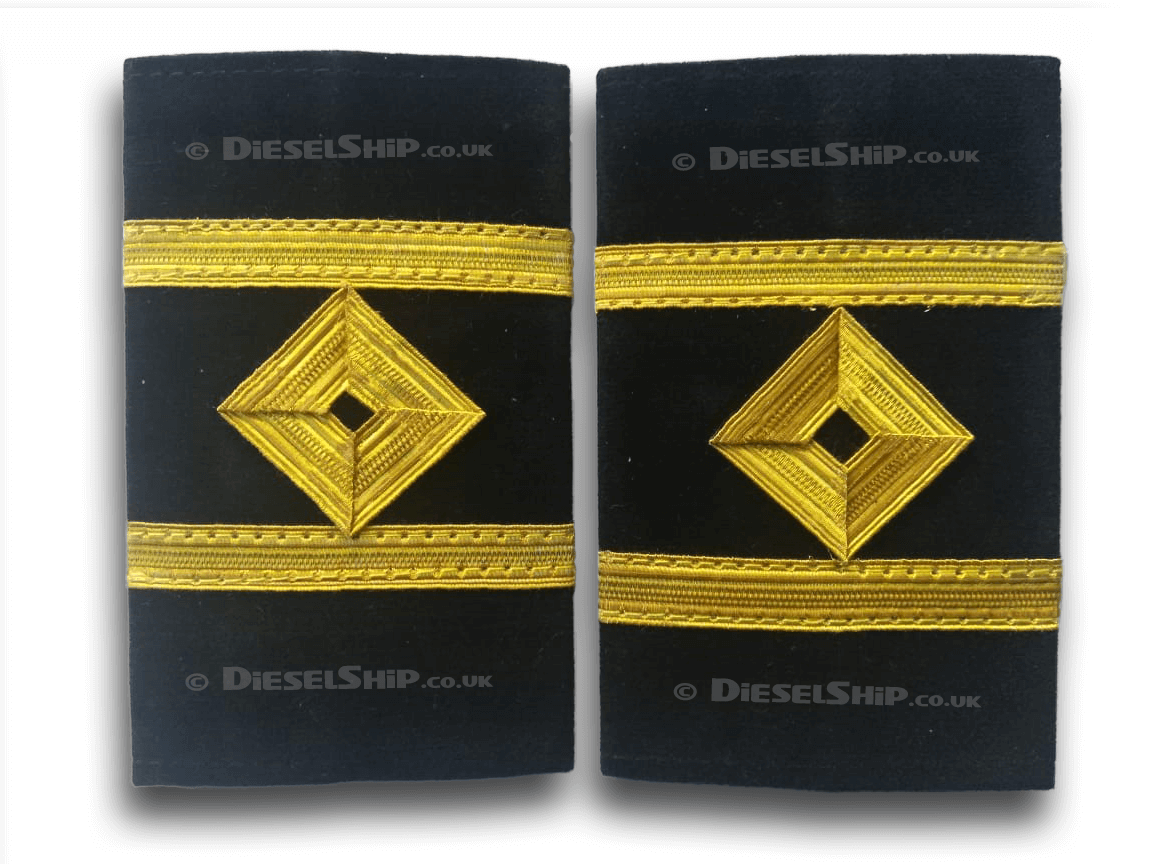
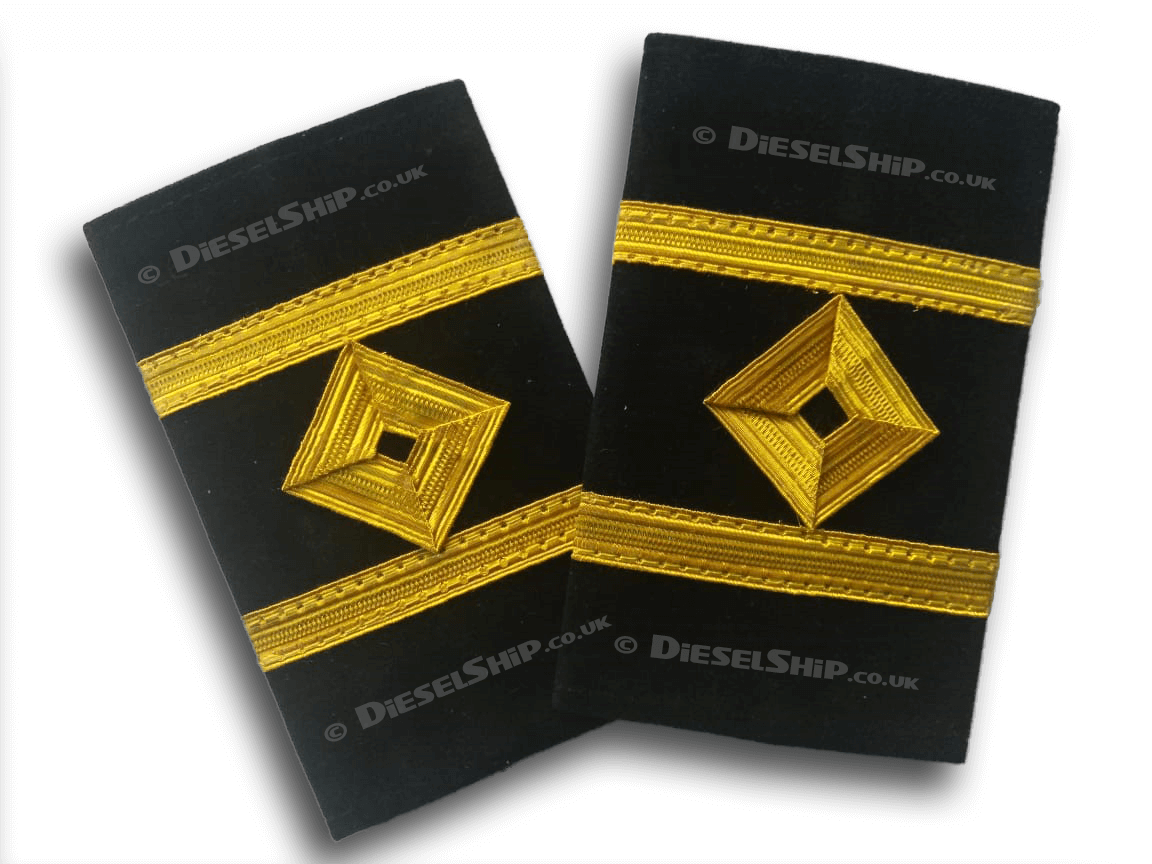
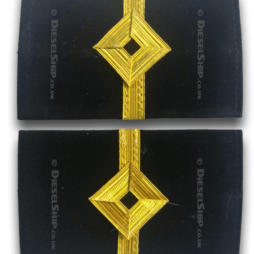
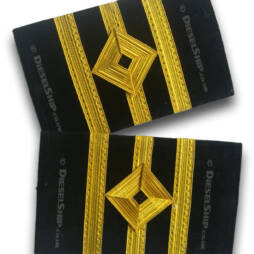
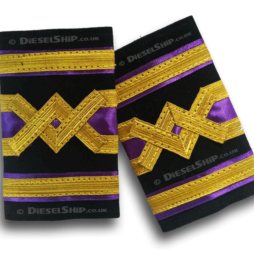
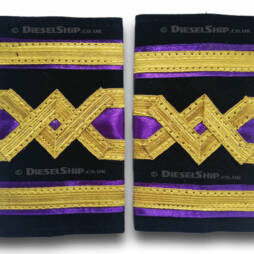
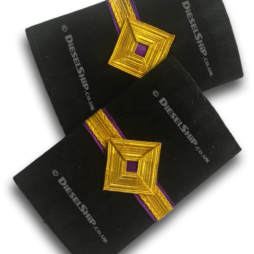

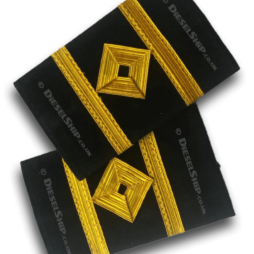
Reviews
There are no reviews yet.